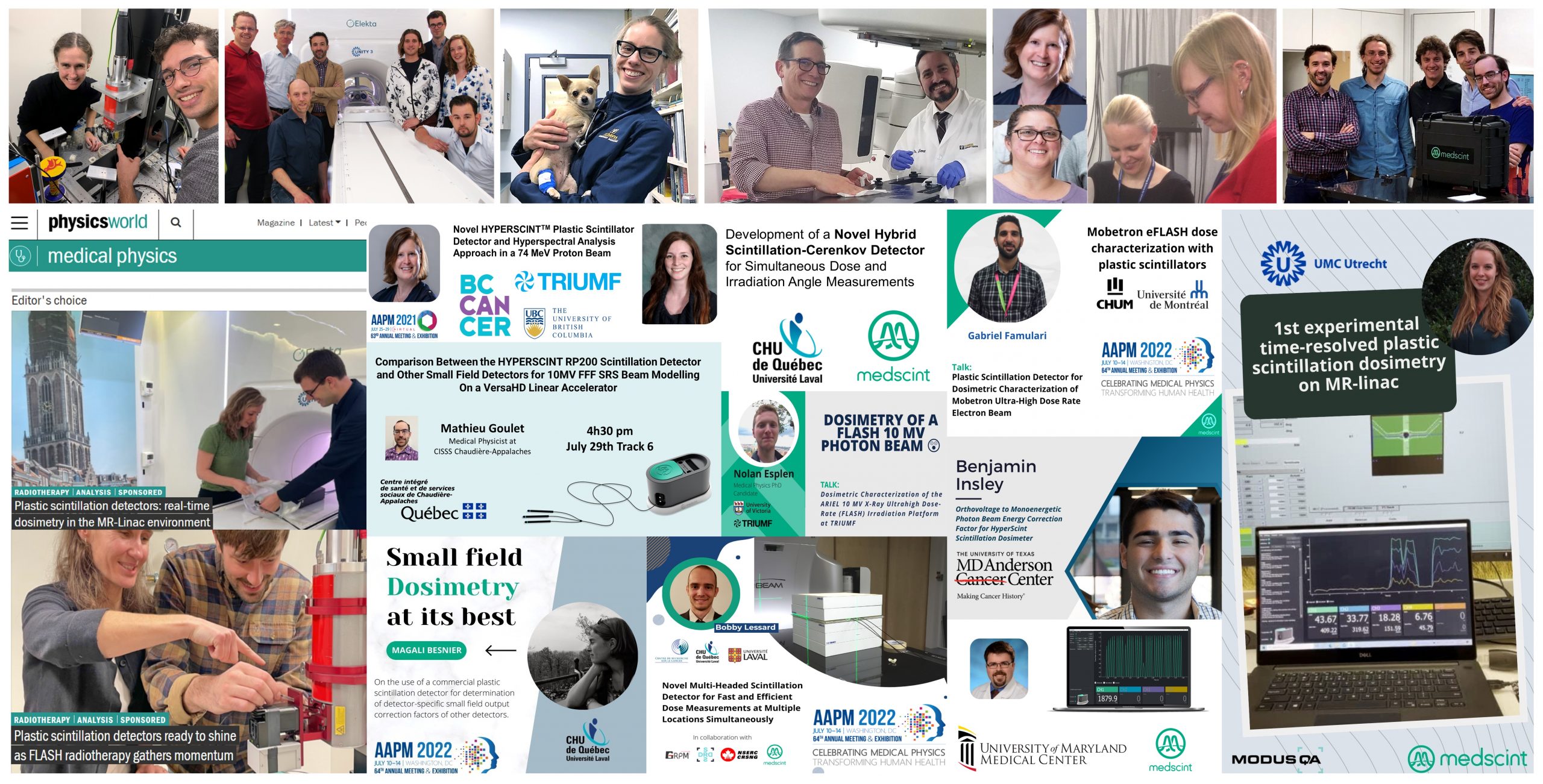Pre-clinical and clinical evaluation of the HYPERSCINT plastic scintillation dosimetry research platform for in vivo dosimetry during radiotherapy
The purpose of this work is to evaluate the HYPERSCINT HS-RP100 scintillation dosimetry research platform designed for clinical quality assurance (QA) for use in in vivo dosimetry measurements. The device correctly detected the treatment error when the heads were intentionally laterally shifted. In three canine clinical patients treated in multiple fractions.
